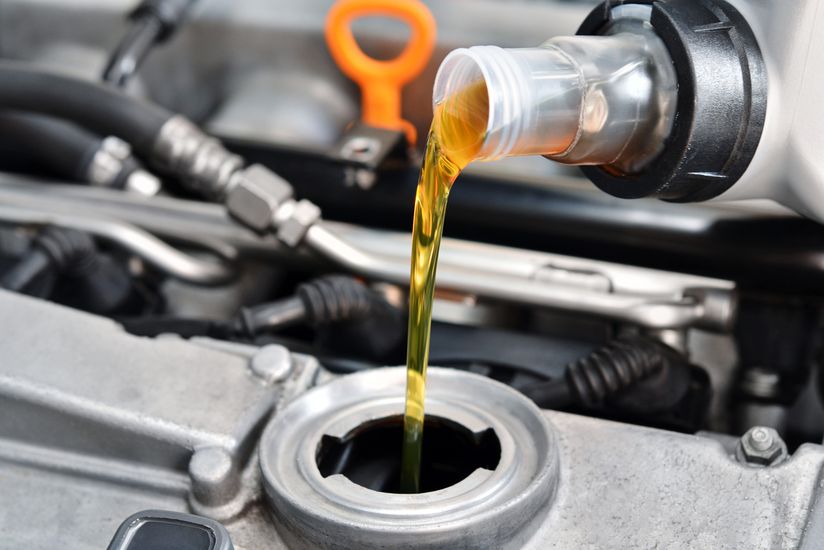Fill 'Er Up (Less Often)
Gas prices are already high thanks to rampant inflation, and now the Russian invasion of Ukraine is pushing them even higher. The national average is now over $4.50 a gallon, and every single state is now averaging more than $4 per gallon. Of course, all of this means fuel efficiency is more critical than ever. Squeezing more miles out of every gallon means you'll spend less money on fuel while conserving a limited natural resource and reducing emissions. Here are several back-to-the-basics ways drivers can get more miles to the gallon.






























